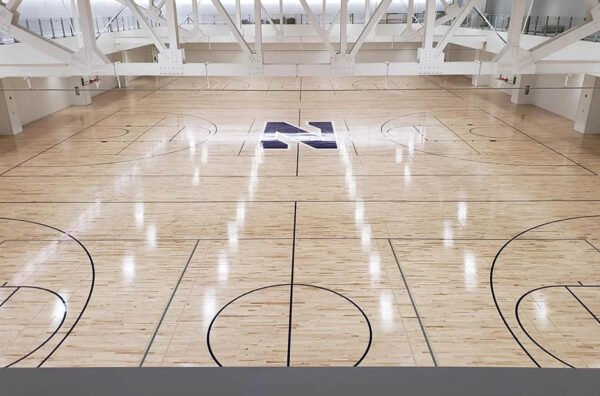A well-managed and maintained crane can be the difference between life and death on a construction site. The major reason behind accidents and unforeseen circumstances is the damaged, badly maintained cranes.
Cranes require proper lubrication, well-adjusted brakes and wire rope replacements. When the crane is not protected well and left with damages, the result can be major expenses and compromised workplace safety. In contrast, a well-kept and tidy crane can provide a longer operational life and lower the risk of breakdowns, which can be done by experts specializing in crane repair and maintenance.
Follow these simple tips to keep your crane in sound condition.
Table of Contents
Crane Repair and Maintenance Service Tips –
Ensure proper alignment
A crane often gets misaligned and leans to one side after a usage period. Such misalignments lead to excess tension on the machine.
To avoid such issues, crane operators should always be aware of the state of their equipment. They should ensure that the problems are resolved as soon as misalignment is detected.
Remember that an improperly maintained crane can compromise safety and result in production losses.
Keep Monitoring the chains and connections.
The chains and connections play a major role as it comprises the hoist.
Thus, the chains should be highly durable and capable of holding out for years. However, if you find any major issues, damages or rust, you can seek experts to have a professional assess the condition of your crane.
Ensure that the hook is not damaged
The hook plays a vital role on any construction site. It helps the crane-lift heavy weights, resist seismic movement, and prevent concrete from lopping outward.
Thus, it is essential to ensure the hook is properly working and well-maintained. Regarding crane maintenance, you should not forget to check the hook or bends in the material.
The air passage and the hydraulic system should be maintained.
Check the crane’s air and hydraulic system to ensure it is sound.
Cranes rely majorly on air and hydraulic systems to operate, and thus, crane operators must regularly monitor systems for possible damages. If you notice something acting up on your hydraulic system, it’s best to avail of emergency hydraulic hose repair immediately.
Pipes, lines and other common components of the crane are more likely to get damaged than heavy metal components.
Keep Changing the wheels.
The truck wheels of the crane should always be in a sound condition to lift and move hefty weights and carry large loads on a site. Thus, to ensure they are in good condition, it is important to keep replacing the wheels now and then, especially after you notice even a minor issue.
Mandatory inspections of your Cranes
Crane inspection is important to satisfy the safety and regulatory measures. Cranes are a piece of necessary construction equipment that can cause a serious hazard if not properly maintained and monitored; hence, constant servicing and maintenance of the cranes are integral. If such equipment fails to work properly, associated workers can be hurt, and numerous assets can encounter damage.
Inspections are a major part of crane maintenance. It is vital to submit the mandatory compliance inspection reports, which are to be performed from time to time. These inspections ensure that the crane meets the safety standards on the construction sites and is properly aligned with the requirements.
You can also check the recommendations in the Work Health and Safety (WHS) databases. Note that it is important to perform the critical examination after installation of the new equipment or after performing modifications.
Most vendors have certified inspectors who provide the evaluation of the equipment. They assess risks, spot improvement opportunities and offer recommendations. The assessment checklist also spots the damages, such as wire ropes, crane hooks, and outriggers, ensuring that the machine is properly aligned with the safety terms.
When inspecting the crane, ensure the Inspection reports are detailed and include the following information:
- List of inspected parts and components
- Inspection method
- Damage signs, including corrosion, wear or cracking
- Criteria used for inspecting
- Details, such as measurements or photographs
- Recommendations for necessary maintenance or heavy equipment repair work required.
Conclusion
Crane inspection and maintenance are critical to safety on the construction site. The construction workers and property owners must follow guidelines to minimize safety and health risks.
We have discussed all the important tips for Crane repairs and maintenance. Hope it helps!





